A Gallery of Heritage (Old Fashioned) Roses
The photograph at the top of this page shows Tea-Noisette Chromatella (Cloth of Gold) growing up into the clematis ‘The President’, with climbing Tea, Souvenir de Mme Leonie Viennot to the right (Photo Margaret Furness)
Mediterranean Garden Society member Geoff Crowhurst, an expert Heritage Rose grower in Victoria, Australia, has made a selection of his favourites. He writes: “People disagree on what should be called a heritage rose, but it is quite widely accepted that roses bred and released 100 years ago or more qualify. In the following comments I have omitted old European roses like Gallicas, Centifolias and Damasks as they are nearly all once flowering in spring or early summer, their flowering period too short in Mediterranean climates for them to be worth garden space. Much more suitable are Chinas, Teas and Noisettes, and they will flower well except in the hottest months of the year, being particularly good in autumn, and where temperatures are milder, will also flower well into winter.”
China roses are a very diverse group, but here discussion and photos will be of roses either found in China, or either known or believed to be of Chinese origin. ‘Old Blush’ (syn. ‘Parsons Pink China’) was introduced to Europe in 1793. It was one of four roses dubbed ‘the four stud Chinas’, the current identity of the other three being in doubt. There are many old Chinese garden roses both in China and elsewhere, with evidence to suggest some were spread to the Middle East via the old Silk Road route(s) well before transportation by sea. China roses are thought to have arisen many centuries ago, with either or both Rosa gigantea and Rosa chinensis spontanea in their make-up.
Tea roses are the result of crosses between China roses and roses already in commerce, most bred in France during the nineteenth century, with larger flowers than the Chinas, free and long flowering. They can grow into very large bushes, as in the Hanbury Botanic Gardens (formerly La Mortola) on the Mediterranean coast near the French-Italian border. Not surprisingly, many Tea roses have French names. From the 1970s, old rose enthusiasts hunted for old roses, including Teas, in cemeteries, old properties and road-sides. When they couldn’t be identified, they were given ‘study names’, such as names on headstones, properties or for localities. Like the Chinas, Teas are usually easy enough to propagate from cuttings, and are thought to be hardier and longer-lived if grown that way.
Noisettes originated in the USA, from a cross between ‘Old Blush’ and Rosa moschata (Musk Rose). All the early Noisette roses had clusters of small, sweetly scented flowers. They were large bushes or climbers, with good scent, and in mild climates have attractive evergreen foliage. They were later to be crossed with Tea roses, creating the Tea-Noisettes, a valuable group of larger flowered roses suitable for covering arbours and pergolas.
Not to be over-looked are the Banksia roses, the double yellow and double white, which are early spring flowering, and extremely tough and vigorous. They can be hard pruned after flowering to keep them within bounds.
Notes on growing Heritage Roses
The size to which particular cultivars will grow depends a lot on climate, depth and type of soil, and water availability. Roses often take 4-5 years to grow to a mature size. The blooms of some Tea roses change remarkably with climate, the seasons, and soil type, so the colour shown in the gallery image may be misleading. Heritage roses don’t need the heavy pruning recommended for modern Hybrid Tea roses: removal of dead and old wood annually, plus regular dead-heading and some light trimming is often sufficient (climbing roses excepted). Finding a nursery with plants may be difficult, so taking cuttings from the plants of a friend, neighbour or garden group member is an option. Mid to late autumn is a good time to take cuttings from stems that have flowered. Regarding the ‘found’ roses in the photo gallery – these are included for interest, and may be difficult to locate, even in the country of origin. See this website for details of almost any rose, which has contributions from rosarians in many countries.
Photo gallery contributors: Geoff Crowhurst, Margaret Furness, Pat Toolan, Andrew Ross.
Click or tap on pictures to enlarge.

Rosa gigantea

Rosa chinensis var. spontanea (pale form)

Old Blush

China rose

China rose

Ten Thousand Lights

Fortune’s Five Coloured

Sanguinea

Mutabilis

Cramoisi Supérieur

Fortune’s Double Yellow

Madam Lambard

Lady Hillingdon

Octavus Weld
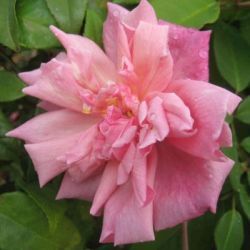
Papa Gontier

Professeur Ganiviat

Devoniensis

Evisa Tea
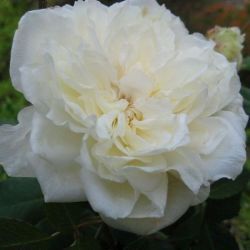
White Maman Cochet

Lorraine Lee

Mme Joseph Schwartz

Bon Silène

G Nabonnand

Général Galliéni

Mettupalayam Tea

Général Schablikine

Isabella Sprunt

Mrs B R Cant
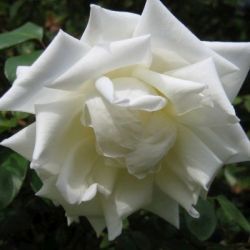
Mrs Herbert Stevens

Laujazan Tea
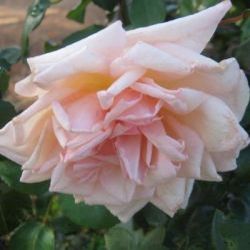
Catherine Mermet

Blush Noisette

Narrow Water

Alister Stella Gray
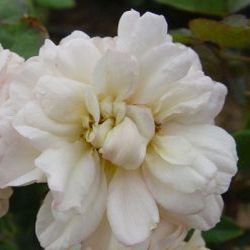
Céline Forestier
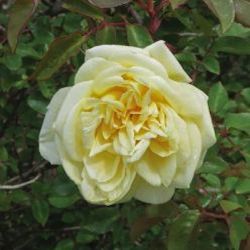
Chromatella (Cloth of Gold)

Crépuscule
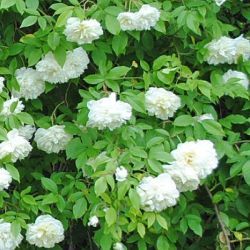
Lamarque

Mme Alfred Carriere

Rosa banksiae Lutea
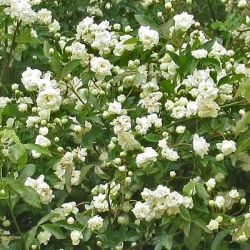
Rosa banksiae banksiae

Aimée Vibert
THE MEDITERRANEAN GARDEN is the registered trademark of The Mediterranean Garden Society in the European Union, Australia, and the United States of America

